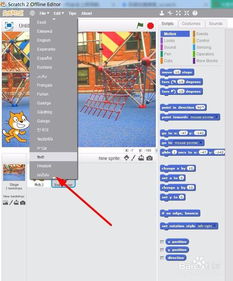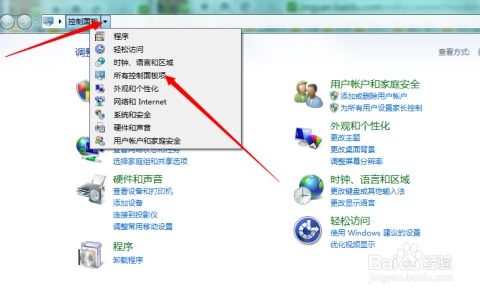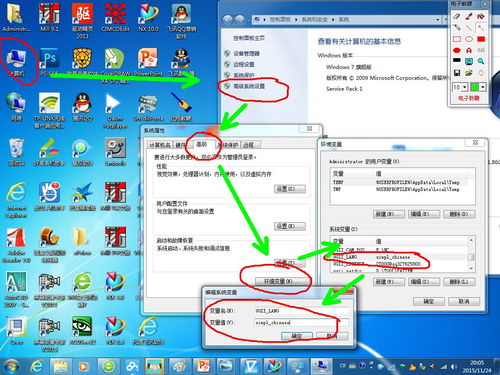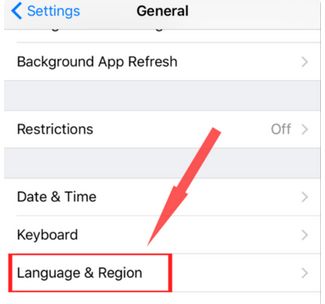
The process of translating an English flight manual into Chinese can be a complex task, especially when considering the technical and safety-critical nature of aviation documentation. This article will guide you through the steps and considerations involved in converting an English flight manual into a Chinese version, ensuring that the content remains accurate and accessible to the target audience.

Tags: aviation, translation, safety
Aviation manuals are crucial for pilots, maintenance engineers, and other aviation professionals. They contain vital information about the aircraft's systems, procedures, and safety protocols. Accurate translation is essential to ensure that all users understand the instructions and guidelines provided in the manual. Misinterpretation of critical information can lead to safety hazards and operational errors.

Tags: preparation, research, terminology
Before beginning the translation process, it is important to conduct thorough research. This includes understanding the specific terminology used in aviation English and its corresponding Chinese translations. It is also crucial to familiarize oneself with the cultural nuances that may affect the translation of certain phrases or concepts.
Steps:
Research aviation terminology and ensure consistency in translations.
Understand the cultural context that may influence the translation.

Tags: translation process, tools, quality assurance
The actual translation process involves several steps to ensure the quality and accuracy of the Chinese version. Here are the key stages:
Analysis: Carefully read through the English manual to understand the content and structure.
Translation: Begin translating the text into Chinese, paying close attention to technical accuracy and terminology.
Review: Proofread the translated text for grammatical errors and ensure that the content flows well.
Formatting: Adapt the layout and formatting of the English manual to fit the Chinese version, including font size, margins, and page numbers.
Quality Assurance: Have the translated manual reviewed by a second translator or a native Chinese speaker to ensure accuracy and clarity.

Tags: translation tools, glossaries, CAT tools
Utilizing translation tools can greatly enhance the efficiency and consistency of the translation process. CAT (Computer-Assisted Translation) tools, glossaries, and translation memory software can help maintain consistency in terminology and speed up the translation process. However, it is important to note that these tools should be used as aids and not as replacements for human expertise.
Tools to Consider:
Translation Memory Tools: SDL Trados, memoQ
Glossaries: TermBank, SDL MultiTerm
Online Dictionaries: Aviation English Dictionary, Jisho

Tags: cultural adaptation, idioms, symbols
While translating aviation manuals, it is important to consider cultural differences that may affect the translation. This includes idioms, symbols, and cultural references that may not have direct equivalents in Chinese. Adapting the content to fit the cultural context of the target audience is crucial for effective communication.
Steps:
Identify cultural elements in the English text.
Research equivalent cultural elements in Chinese.
Adapt the text to ensure cultural relevance and understanding.

Translating an English flight manual into Chinese requires a meticulous approach, combining technical expertise with cultural sensitivity. By following the steps outlined in this article, you can ensure that the translated manual is accurate, accessible, and effective in its intended use. Accurate translation is not just about converting words from one language to another; it is about ensuring